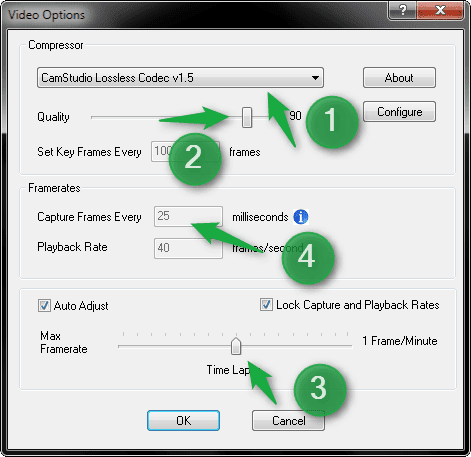

After a while, you’ll be able to determine your time-lapse interval correctly on your own, too. Then, look at our guide below to decide on your interval. Think about what vibe you want to communicate with the time-lapse. You have the speed and the final length of the time-lapse in mind.ĭifferent intervals suit different types of movements best. So, you should set 10s as your interval in our example.Ģ. The result is 9.6, which is very close to 10 seconds you can round it up. To get the interval, divide the duration (7200s here) by the number of frames (750). 30 x 25 is 750, so you’ll need to shoot 750 frames in total. For example, you want 30 seconds of 25fps video in the end. Now, calculate how many frames your intended timelapse needs. For example, two hours is 2 x 60 x 60 seconds, which is 7200 seconds. Then, convert the shoot duration to seconds. You can also use a time-lapse calculator. Select the one that fits your audience and region best. Decide on the frame rate of the final video. If you’ve already figured these out, it’s easy to calculate the timelapse interval. You have the final length in mind, and also the duration of the actual shoot. There are two approaches to setting the interval.ġ. Recording time-lapse photography with an interval of 2 seconds is the same as shooting at 0.5 fps. The longer your interval, the faster your footage will seem. Your choice of interval fundamentally influences how your timelapse will look. You need to take the time it takes to process and write the image file into consideration, too. In consequence, your interval must always be longer than your shutter speed. With longer exposures, this means a significant difference. To avoid confusion, it’s not the time that passes from the end of one exposure to the start of the next. It's a beautiful effect if your timelapse includes nature and it does a great job of reducing any unexpected flickering effects.The interval is the time that passes between two shots in a time-lapse sequence. though it will substantially increase the processing time required to create the video. Your setpts might have created an output video that will try to play at 3840 frames per second (your original 60 fps times 64)Īnd if you want to add "motion blur" by blending all 64 of those frames into 1 frame, you can do this: ffmpeg -i in.mkv -filter_complex "tblend=average,framestep=2,tblend=average,framestep=2,tblend=average,framestep=2,tblend=average,framestep=2,tblend=average,framestep=2,tblend=average,framestep=2,setpts=1/64*PTS" -f matroska -c:v libx265 -an -b:v 2048k out.mkv The above will process quite fast and make sure you notice the -r 60 I agree with Anton1699 but you can also do ffmpeg -i in.mkv -filter:v "setpts=1/64*PTS" -r 60 -f matroska -c:v libx265 -an -b:v 2048k out.mkv


 0 kommentar(er)
0 kommentar(er)
